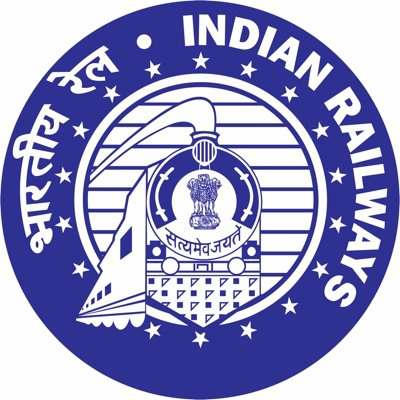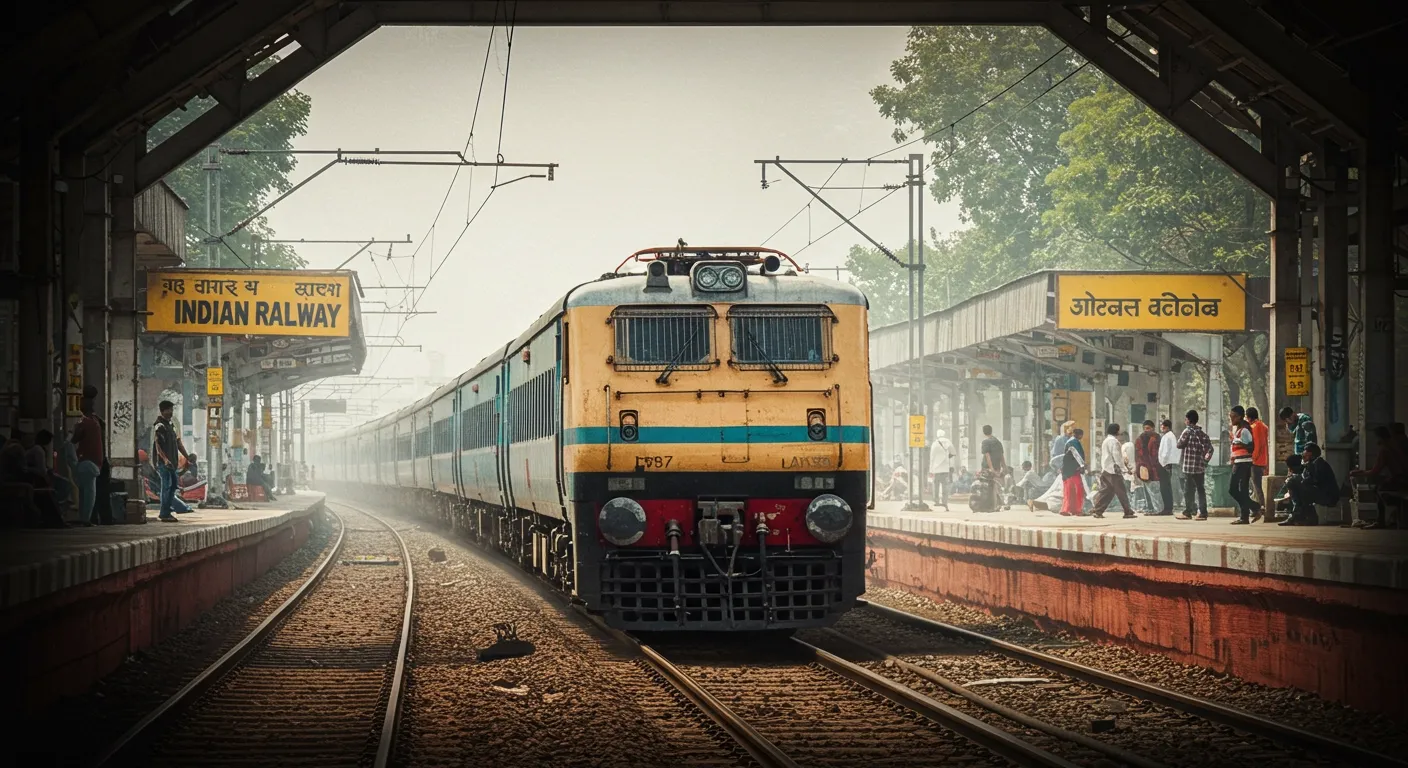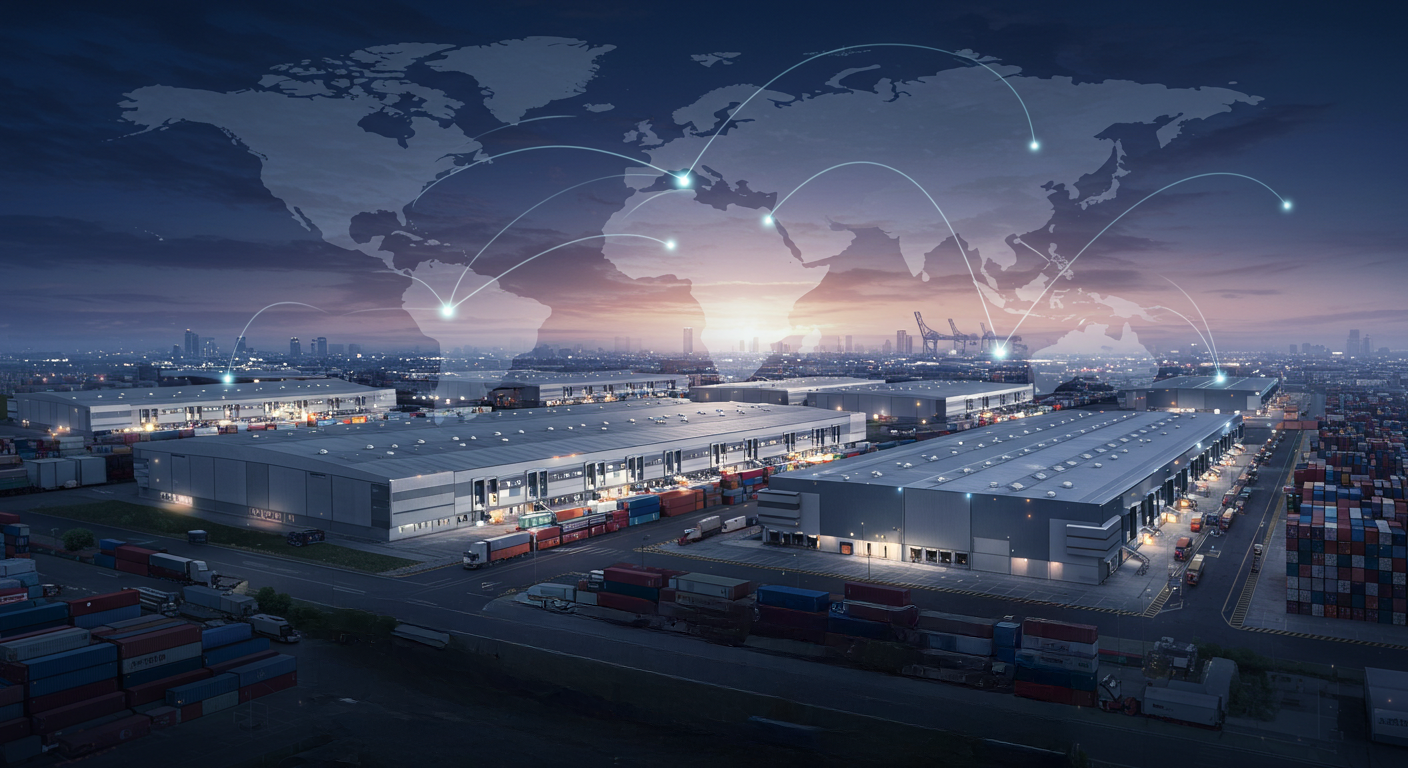Indian Railways to Launch Vande Bharat Sleeper Trains and Revise Fares from July 1, 2025



Extensive global network connecting businesses worldwide with reliable logistics solutions.
Indian Railways operates one of the world’s largest rail networks, covering the entire geographic expanse of India with a route length of approximately 68,584 km and over 132,310 km of track, connecting more than 8,000 stations. While its operations are primarily domestic, the scale includes transporting over 11 billion passengers and 1.5 billion tonnes of freight annually, making it the fourth-largest railway system globally by route length and one of the busiest by traffic volume.
Indian Railways has established strategic partnerships and alliances with organizations such as the Confederation of Indian Industry for net zero carbon initiatives, BHASHINI for multilingual AI solutions, private sector companies for manufacturing and technology innovation, and entities like RailTel and Microsoft for AI-driven digital transformation.
Strategic partnerships and alliances that enhance our global reach and service capabilities.
| Partner | Type |
|---|---|
| Uber | Service Partner |
| Sensonic IN India Private Limited | Service Partner |
| Taural India Private Limited | Alliance |
| Uniproducts India Limited | Alliance |
| Wabtec Corporation | Joint Venture |
Comprehensive range of logistics and transportation services tailored to meet diverse customer needs.
Recognition and achievements that demonstrate our commitment to excellence and innovation.
Strategic vision and future initiatives that will shape the next generation of logistics services.